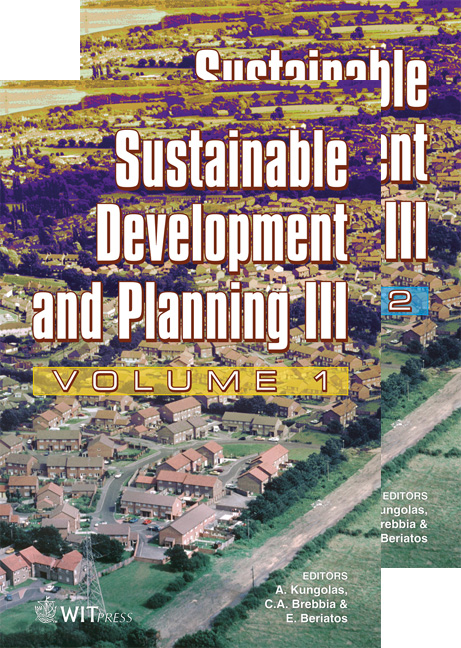Urban Planning, Environment And Citizenship Participation
Price
Free (open access)
Transaction
Volume
102
Pages
9
Published
2007
Size
596 kb
Paper DOI
10.2495/SDP071012
Copyright
WIT Press
Author(s)
O. Bragos & R. Monteverde
Abstract
This paper shows the procedures followed in 2003 to define urban guidelines for Ushuaia, a town of 45.000 inhabitants and capital of Tierra del Fuego Province, in the south of Patagonia. The unique features of the town, referred to as ‘the town at the end of the world’ or ‘Land’s End’, were considered; these consisted of the area being the Antarctic gateway, with tourist development, improper land occupation, outstanding natural scenery and environmental risks. During the planning process different steps were taken into account: citizenship participation and its involvement with environment protection, identifying social and institutional obstacles, urban and environmental analysis, social consensus for regional diagnostic, urban guidelines and definition of structural projects. Focus was given to environmental facts taking into account high risks derived from three main questions: unruled urban expansion, fast demographic growth and recent tourism development. The planning process was ruled by five main criteria for city management and governance: articulation between day-to-day urban problems and community demands with long range urban planning; interdisciplinary approach (architects, urban planners, political scientists, economists), cooperation between public and private sectors, interconnection between different levels of government (local and provincial), economic development and environmental protection. The paper ends with an evaluation of the present situation, three years after the urban guidelines were defined.
Keywords





